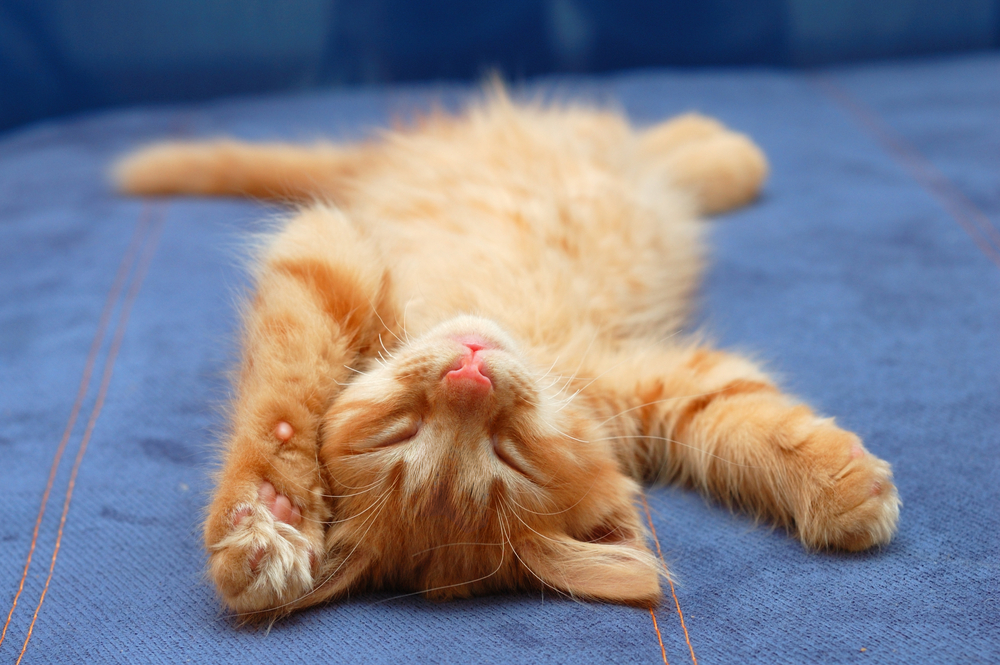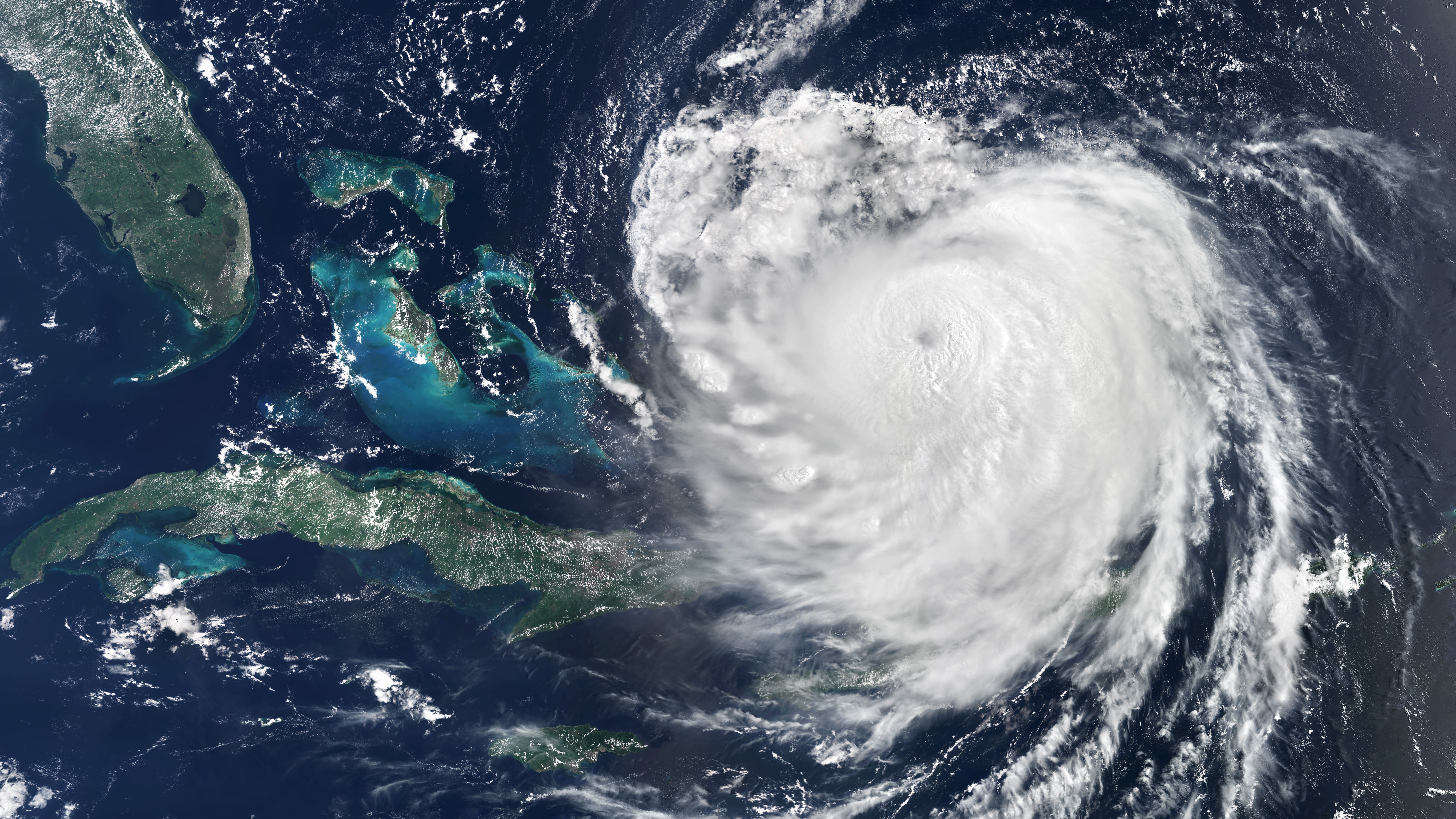What If All the Cats in the World Suddenly Died?

Perhaps you're a cat lover. Perhaps you abhor the lazy critters. Either way, when you see a cat lounging on an armchair, napping all day but for the occasional stretch or window gaze, "useless" is by no means the last word that comes to mind. Cats, beloved or otherwise, don't radiate the message that they're indispensable, hard-working members of the household, or the world.
But, in fact, they're just playing it cool (as usual). Experts say that if all the world's cats suddenly died, things would quickly go to hell in a handbasket.
Cats, both pets and strays, may fool us into thinking that they depend on our food and trash for survival, but according to Alan Beck, professor of veterinary medicine and director of the Center for the Human-Animal Bond at Purdue University, they're expert predators with adaptablehunting behaviors. "They are a significant predator of small animals, and can survive as almost solitary animals when the prey is scarce, while thriving in high density when the prey is abundant," Beck told Life's Little Mysteries, a sister site to LiveScience.
And that's just why we'd miss them. By killing mice and rats in barns and grain storage areas, cats are vital for keeping those pests in check. In India, Beck said, cats are believed to play a significant role in lessening the amount of grain loss caused by consumption or contamination by rodents. In other words, it may be true that humans feed cats, but without cats, humans would have less food in the first place. [Why Do Cats Bury Their Poop?]
So, how dramatically would the rodent population increase if cats suddenly vanished? It just so happens that several scientific studies have been conducted that paint a vivid picture. A 1997 study in Great Britain found that the average house cat brought home more than 11 dead animals (including mice, birds, frogs and more) in the course of six months. That meant the 9 million cats of Britain were collectively killing close to 200 million wild specimens per year — not including all those they did not offer up to their owners. A study in New Zealand in 1979 found that, when cats were nearly eradicated from a small island, the local rat population quickly quadrupled.
And if the rodent population shot up, this would of course trigger a cascade of other ecological effects. On that same island in New Zealand, for instance, ecologists observed that, as rat numbers increased in the absence of cats, the population of seabirds whose eggs rats preyed upon declined. If the approximately 220 million domestic cats in the world all bit the dust, seabird populations would likely fall worldwide, while the populations of non-cat predators that prey on rats would be expected to increase.
"All species have an impact," Beck said.
Get the world’s most fascinating discoveries delivered straight to your inbox.
And let's not forget the emotional toll that a mass cat death would take on us humans: "In this country, cats are much loved by many. While there are more dog-owning households (38 percent) than cat- owning households (34 percent), there are actually more domestic cats than dogs because cat owners own more of them. Cats as pets have always been appreciated for the contact, relatively low maintenance, and pedomorphic (child-like) face and general morphology."
Follow Natalie Wolchover on Twitter @nattyover. Follow Life's Little Mysteries on Twitter @llmysteries, then join us on Facebook.
Natalie Wolchover was a staff writer for Live Science from 2010 to 2012 and is currently a senior physics writer and editor for Quanta Magazine. She holds a bachelor's degree in physics from Tufts University and has studied physics at the University of California, Berkeley. Along with the staff of Quanta, Wolchover won the 2022 Pulitzer Prize for explanatory writing for her work on the building of the James Webb Space Telescope. Her work has also appeared in the The Best American Science and Nature Writing and The Best Writing on Mathematics, Nature, The New Yorker and Popular Science. She was the 2016 winner of the Evert Clark/Seth Payne Award, an annual prize for young science journalists, as well as the winner of the 2017 Science Communication Award for the American Institute of Physics.


